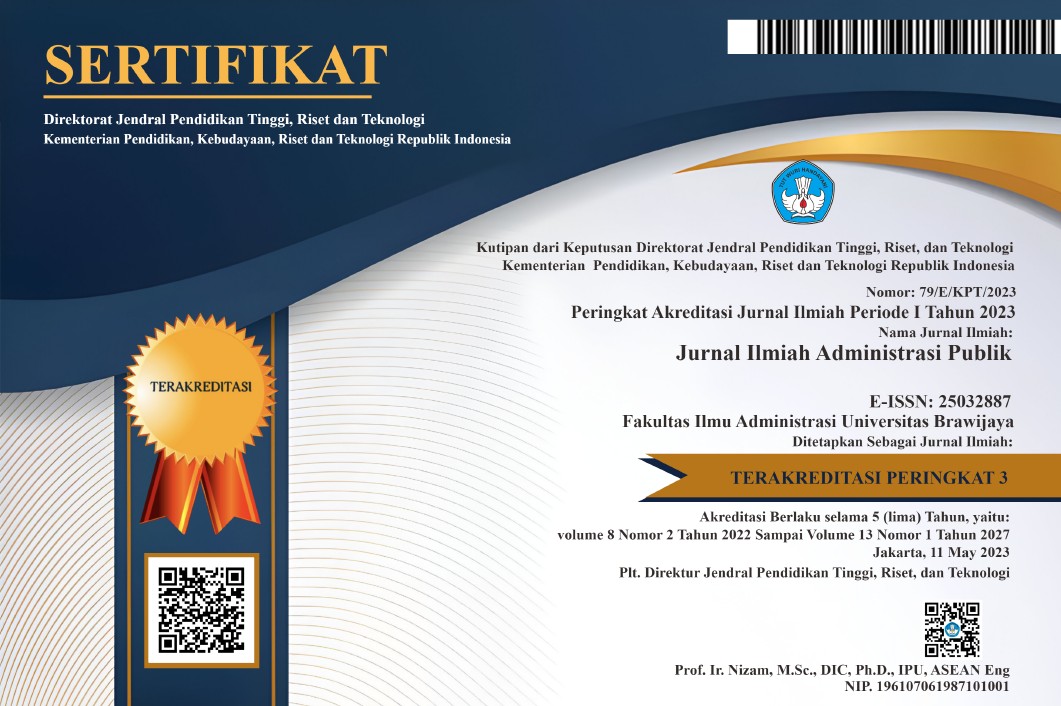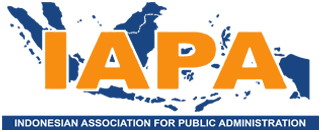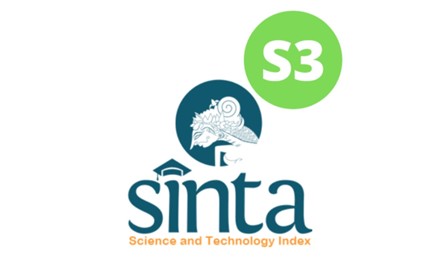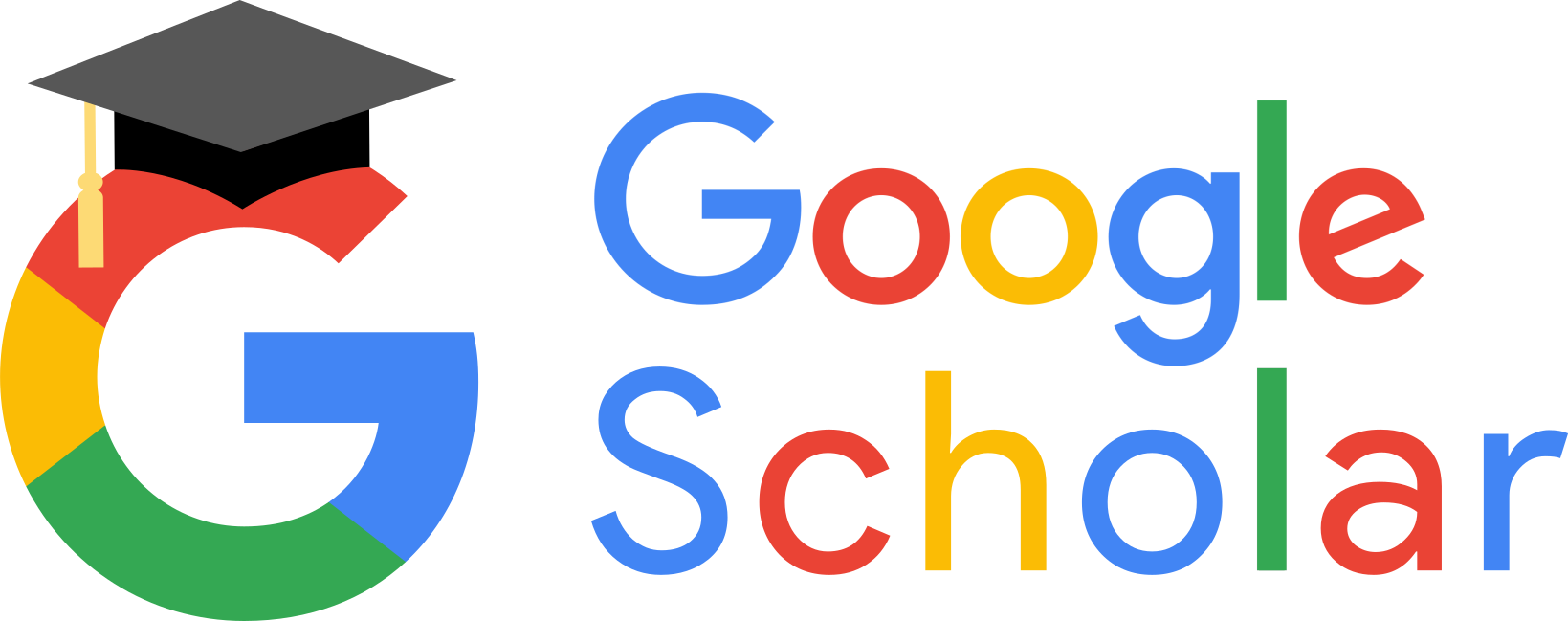Implementasi Program Kota Tanpa Kumuh dalam Menciptakan Permukiman Layak Huni di Kota Tangerang
(Studi pada Kampung Bekelir RW 01 Babakan)
DOI:
https://doi.org/10.21776/ub.jiap/2023.009.02.7Keywords:
implementasi; Program Kotaku; permukiman kumuh; pencegahanAbstract
Based on the background of the problem, the researcher focused the study on how the implementation of Kotaku program ti create habitable settlements in the bekelir Village, Tangerang City. The phenomenon of increasing urban order in the wake of development has also led to an increase in the rate of population growth. Growth not coupled with predictions of residential growth facilities would be risky, causing a wide range of social problems between congestion, poverty, and poor housing. Minister of PUPR’s rule number 2/PRT/M/2016 on the improved quality of slums area section 26 verse 1 explains that a prevention of treatment of slums is carried out by involving the role of the people at the indicated site of slums. The purpose of this study is to know the application and execution of this program for the public welfare of the city of Tangerang. The theory used is the implementation theory by Van Meter and Van Horn. The method used in this study is a descriptive qualitative. Data collection techniques using interviews, observations, documentary. This study has shown that “Kotaku” programs are one of the strategic efforts goverments make in adressing social problems such as slums. One of the realization forms of the program is Bekelir Village, Tangerang District, Tangerang City. Before becoming the urban habitat it is today, bekelir’s homeland was included in the slum area. The program is already running optimally, although there is still a problem with doing so because there is still something that needs to be fixed in order for the program to last a long time.
References
BPS. (2020). Kepadatan Penduduk Menurut Kabupaten/Kota di Provinsi Banten. Badan Pusat Statistik Provinsi Banten.
Fauzi, A. I. (2019, July 3rd). Pengentasan Kampung Kumuh, 27 Kelurahan di Kota Tangerang Masuk KOTAKU. Tangerang News. https://tangerangnews.com/kota-tangerang/read/27614/Pengentasan-Kampung-Kumuh-27-Kelurahan-di-Kota-Tangerang-Masuk-Kotaku
Imron, A., & Subekti. (2020). Pemberdayaan Masyarakat Dalam Upaya Peningkatan Kualitas Permukiman Padat Penduduk. Jurnal Pengabdian Dinamika, 7(1), 1-10.
Muta’ali, L., & Nugroho, A. R.. (2016). Perkembangan Program Penanganan Permukiman Kumuh di Indonesia Dari Masa ke Masa. Gadjah Mada University Press.
Pasolong, H. (2011). Teori Administrasi Publik. Alfabeta.
Pedoman Pelaksanaan Program KOTAKU. (2016). Pedoman Umum Pelaksanaan Program Kota Tanpa Kumuh. Kementerian PUPR.
Rencana Terpadu dan Program Investasi Infrastruktur Jangka Menengah (RPI2-JM) Kota Tangerang 2015-2019.
RPJMD Kota Tangerang Tahun 2019-2023.
Rukajat, A. (2018). Pendekatan Penelitian Kualitatif. Deepublish.
Salim, H., & Haidir. (2019). Penelitian Pendidikan: Metode, Pendekatan dan Jenis. Kencana.
Surat Keputusan Wali Kota Tangerang Tahun 2016 tentang Penetapan Kawasan Perumahan dan Permukiman Kumuh di Wilayah Kota Tangerang
Theresia, A. (2015). Pembangunan Berbasis Masyarakat. Alfabeta.
Tjilen, A. P. (2019). Konsep, Teori, dan Teknik Analisis Implementasi Kebijakan Publik. Nusa Media.
Website Resmi Kota Tangerang. https://tangerangkota.go.id/
Winarno, B. (2016). Kebijakan Publik Era Globalisasi (teori, proses dan studi kasus kompratif). CAPC (Center of Academic Publishing Service).
Downloads
Published
Issue
Section
Categories
License
Copyright (c) 2023 Jurnal Ilmiah Administrasi Publik

This work is licensed under a Creative Commons Attribution-NonCommercial 4.0 International License.
If your paper is accepted, the author identified as the formal corresponding author for the paper will receive an email prompting them to login into Author Services; where via the JIAP Author Licensing Service they will be able to complete the license agreement on behalf of all authors on the paper.















